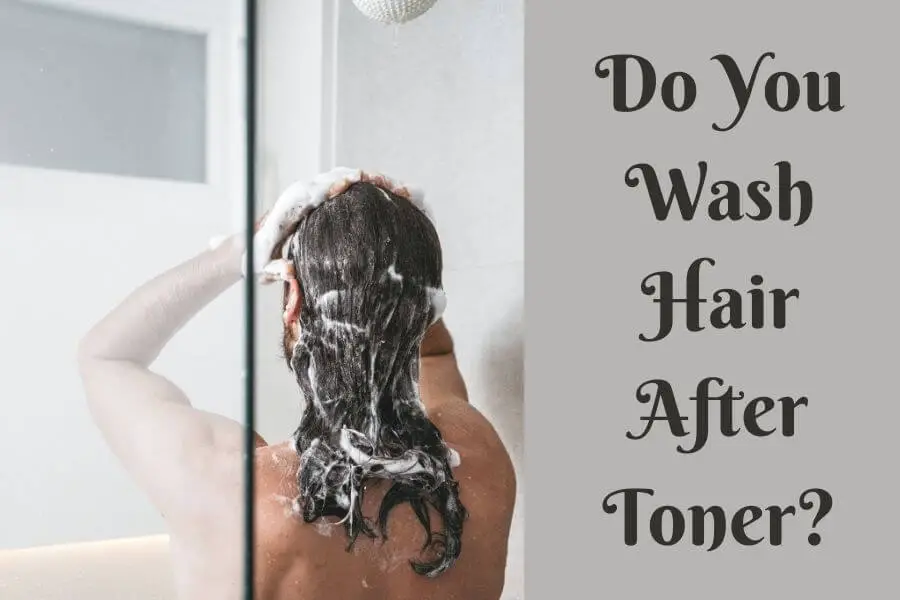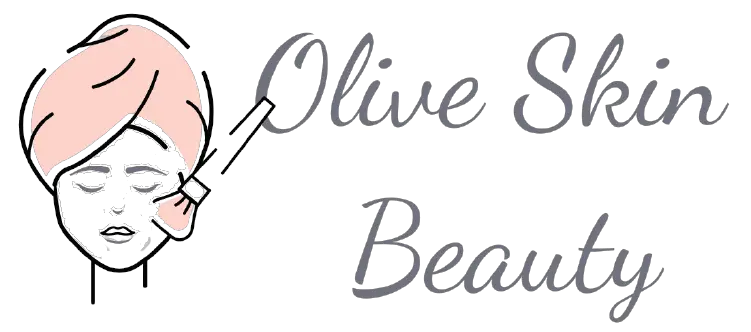There are so many questions when it comes to hair care. Do you use a sulfate-free shampoo? Should you condition your hair after every shampoo? And what about toner? A lot of people wonder if they need to wash their hair after using toner.
In this post, we’re going to answer that question and help you figure out the best way to care for your hair.
Do I have to wash my hair after toner?
No, you don’t have to wash your hair after toner. In fact, washing your hair can remove some of the treatment from your locks. This is why a lot of stylists recommend that you do not wash your hair after using toner.
If you can avoid washing your hair after toner, that’s great. However, many people don’t like the way their hair smells or feels when they apply a toner, you should consider delaying the wash for at least 48 hours before washing it out of their locks.
This gives your color more time to stay vibrant by allowing the hair cuticle to heal.

There are some other options for getting rid of the excess treatment from your locks.
How do I get rid of a toner without washing my hair?
- Use a clarifying shampoo: This is a great option if you already have some in your shower. Clarifying shampoos have been designed to remove buildup from the scalp and strands. They’re also effective at removing excess color treatments from your locks. If you choose this method, just make sure not to overdo it. You don’t want to strip your hair of too much color because that will leave you with a dull appearance.
- Use a toner remover: Many people recommend using a toner remover for this process. Toners are made from an acidic solution, which means they have high levels of pH. The pH is what removes the excess color from your locks, but if you use a shampoo or conditioner after applying the product, the acidity levels get lowered and there’s less of a cleansing effect. This causes the dye particles to stick around in your hair shaft, instead of being removed naturally during washing. To remove toner without washing hair, simply dampen your strands before adding the toner remover and apply it to your roots, then rinse with cold water. Follow by applying a hydrating conditioner or mask that repairs dry, damaged hair.
- Using oil: This is an old trick for getting rid of excess color in the locks without ever having to wash them. Simply apply some oil to your scalp before you shower and let it sit for about 30 minutes. Then, use shampoo as usual and go about your regular routine. If there’s no residue left behind from the treatment, you’re good! However, if you feel like there are still particles stuck in your strands, repeat the process once more before moving on to another option.
Washing/cleansing the hair tips
When it comes to cleansing the hair, you want to focus on cleansing the scalp. This helps get rid of any dirt or debris that accumulates there while also stimulating circulation for healthy growth.
This creates an optimal environment for healthy hair while also preventing product build-up. If you want some extra protection against styling damage, use a heat protectant whenever you style with hot tools like flat irons and curling wands.
This is especially important if you’re planning on straightening your hair with a high heat setting.
Here are some cleansing options:
Use sulfate-free shampoo: Sulfates have been known to strip the color from locks. This doesn’t mean that all sulfate shampoos will do this, but it’s something to be aware of before you purchase a product.
High-quality products have moisturizing agents and nutrients that help protect your locks against damage while they cleanse the scalp.
After you use shampoo, apply a conditioner or mask to hydrate dry strands and follow up with a heat protectant for combating heat styling tools.
Use apple cider vinegar: Apple cider vinegar has been used as an effective clarifying treatment for many years. It’s a great option if you have a sensitive scalp that is easily irritated by chemical-heavy products.
The best way to use this method is to mix three parts of water with one part of apple cider vinegar, then pour it over your roots and massage it into the scalp.
While you’re doing this, try not to make contact with the acidity of the solution on your eyes or mouth because it can cause irritation. After massaging for five minutes, rinse well and apply a conditioner or mask.
Olive oil: The main benefit of using olive oil as a hair treatment is that it has high levels of antioxidants and vitamins like vitamin E, Vitamin C, and iron which strengthen locks and heal breakage.
Plus, olive oil penetrates deep into the hair shaft to bind moisture into each strand, which helps with preventing dryness. You can mix olive oil with a little bit of water before applying it to the roots and leaving it in for one hour.
Or you can apply full-strength oil onto damp strands and comb the product through every inch of your hair, then let it sit before washing as usual.
Recovering from heat damage
Once your locks are freshly dyed, they’re more vulnerable than ever to breakage due to heat styling tools like blow dryers and flat irons so you want to treat them right.
If you plan on using hot tools often or regularly, avoid doing that too often during the first two weeks after getting your new color done by opting for air drying whenever possible.
Conditioning treatments are your best friend during this time because they help keep the hair moisturized and protected against damage while you give your tresses a break from styling tools.
For severely damaged locks, try using an oil mask on wet hair before showering to treat brittle strands with proteins that smooth over any roughness.
Final Thoughts
There are a lot of factors that influence how long hair takes to dry, but following these steps should speed up the process so you don’t have to wait around for hours.
If you’re worried about color fading or your toner not taking, avoid washing hair after toner as much as possible because it can strip out some of the pigment from dyed locks.
Instead, use a clarifying shampoo every two weeks if you must cleanse between dye jobs and condition your hair often to keep your locks moisturized and protected against drying heat tools like flat irons and blow dryers.

